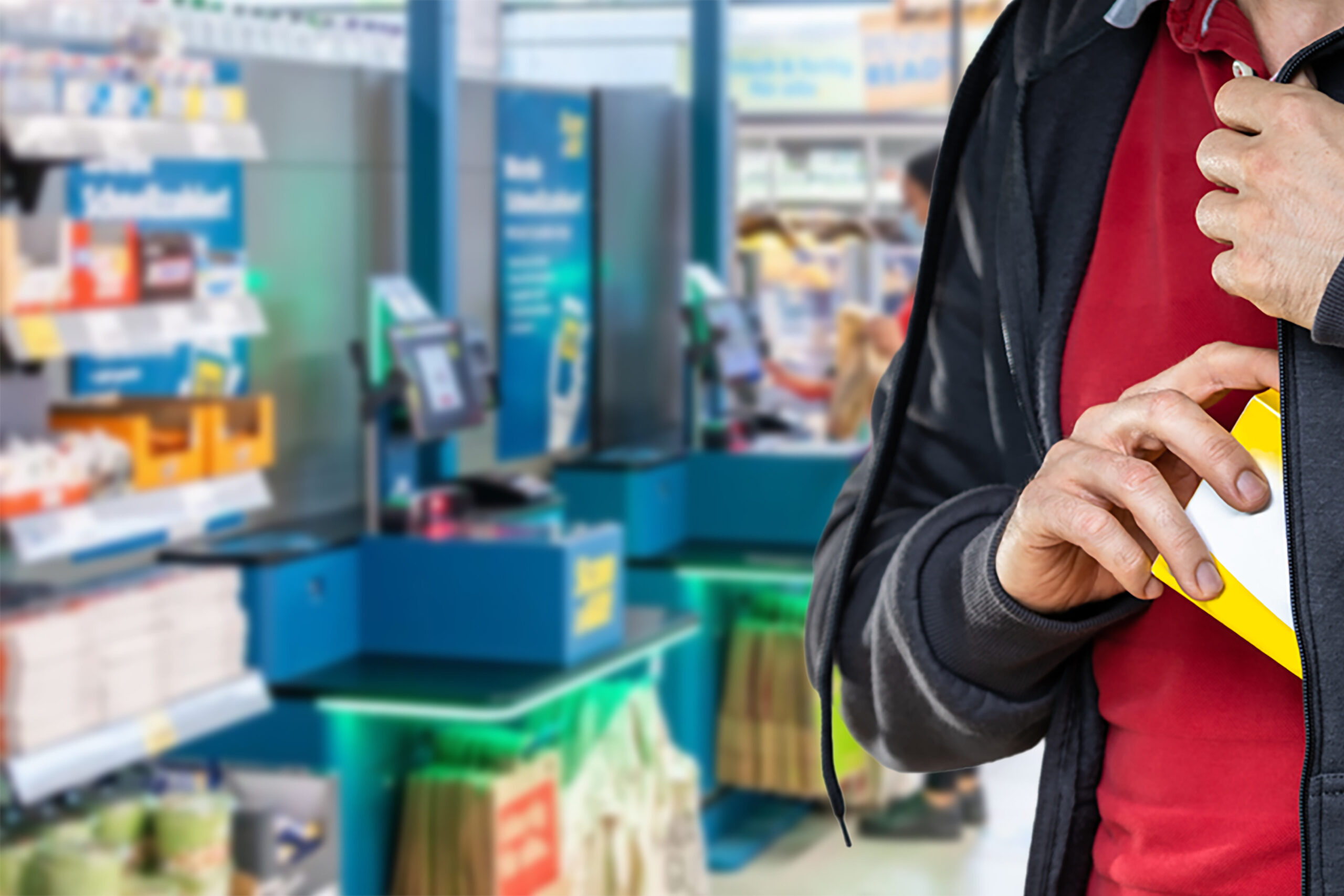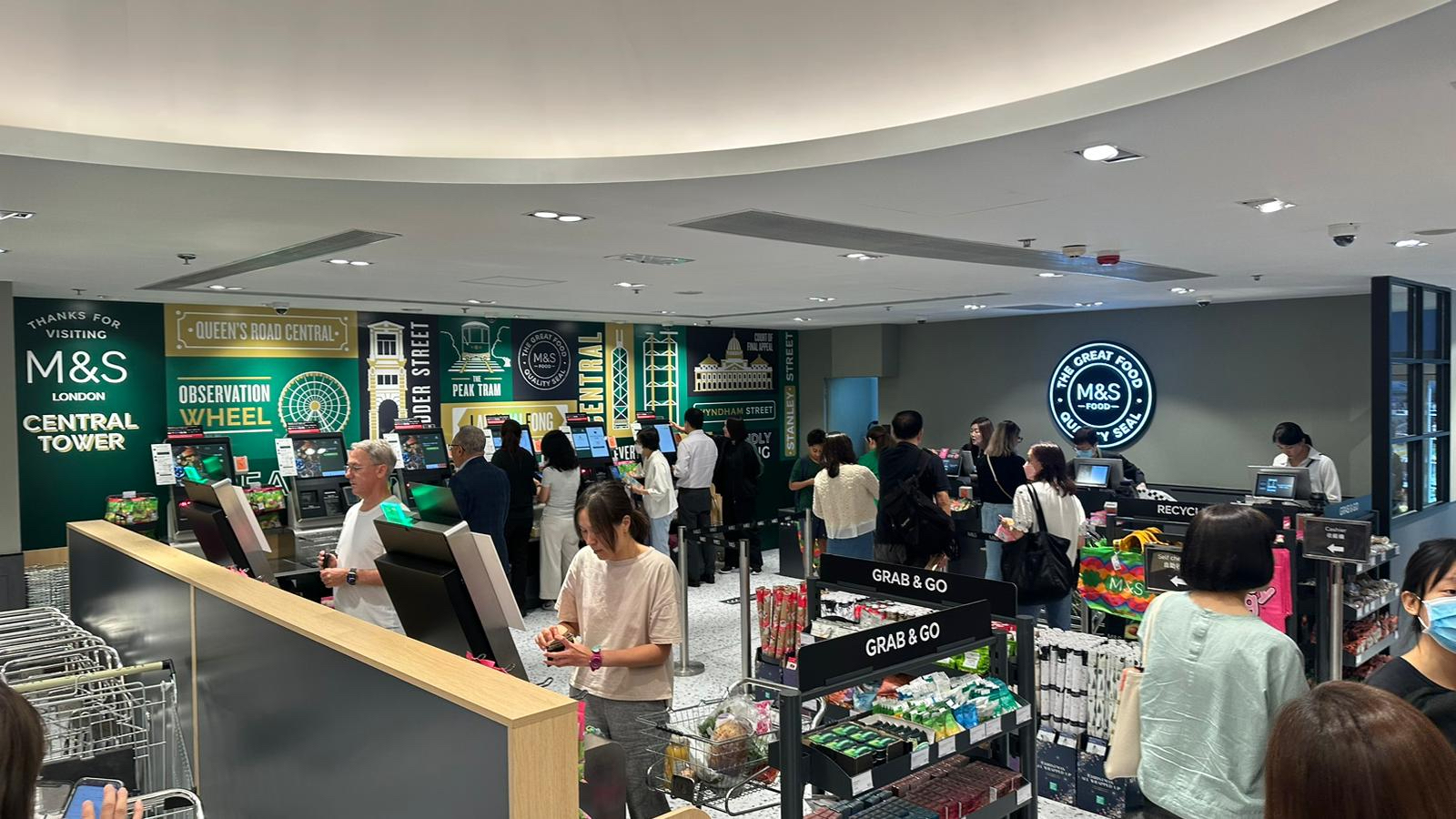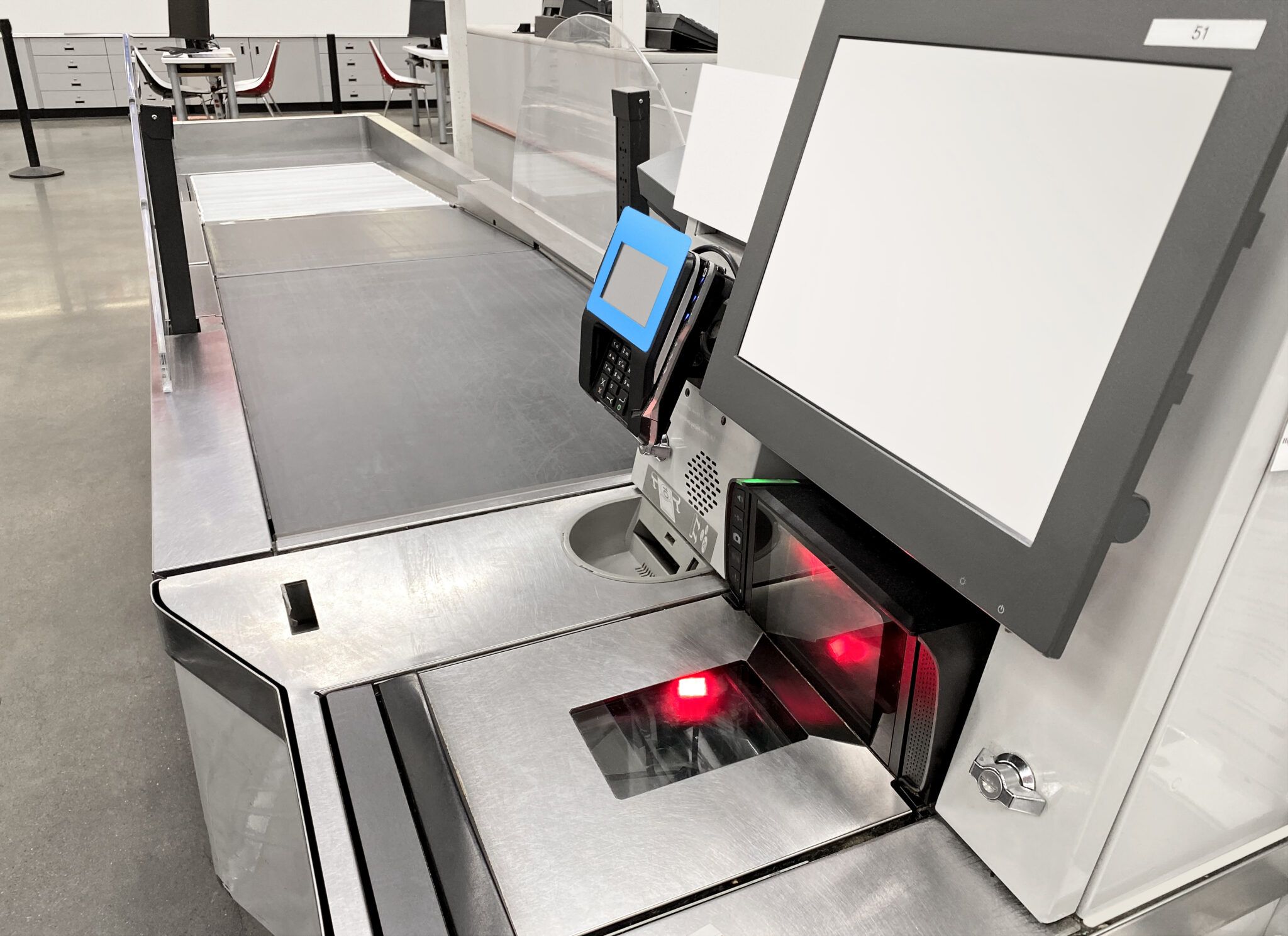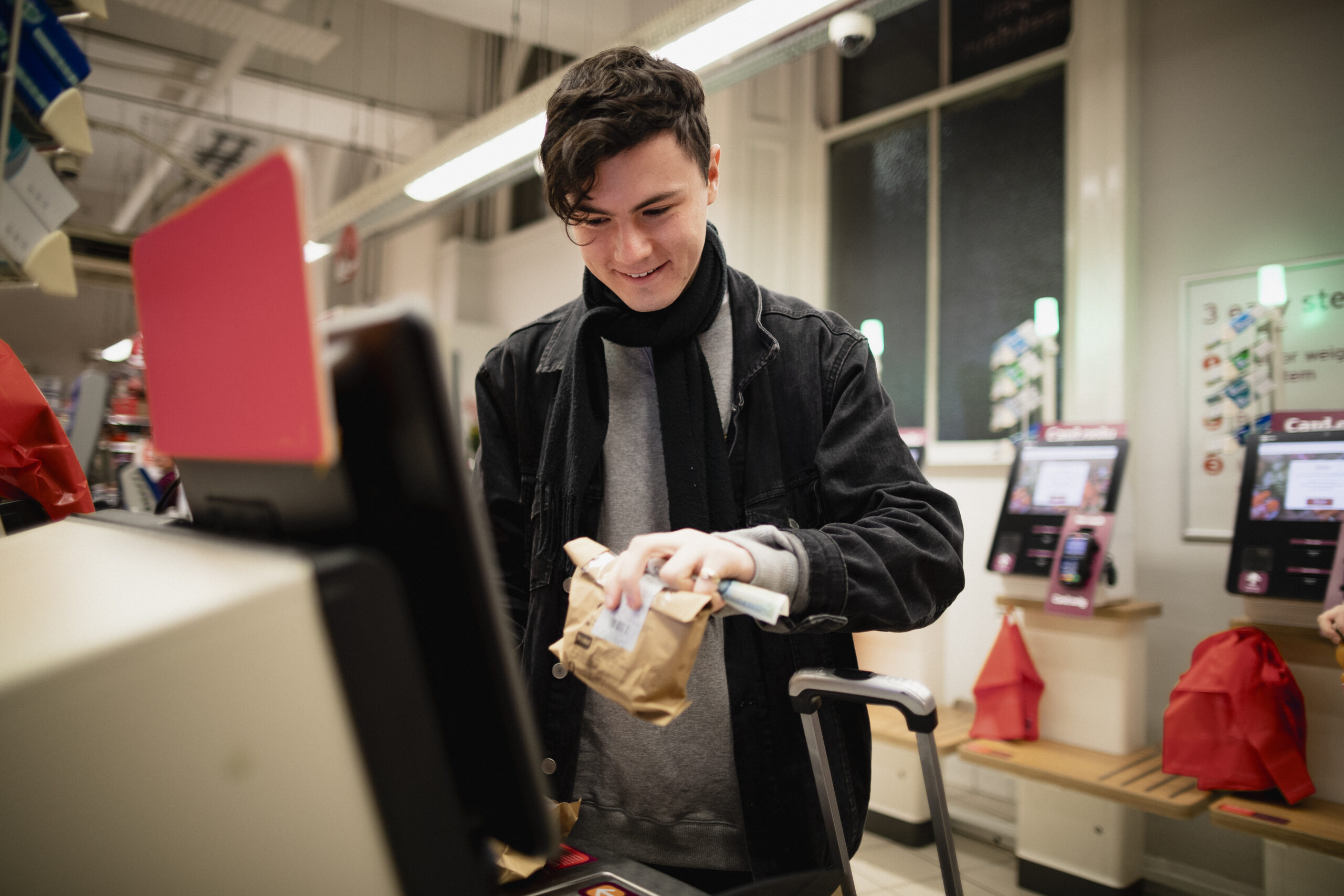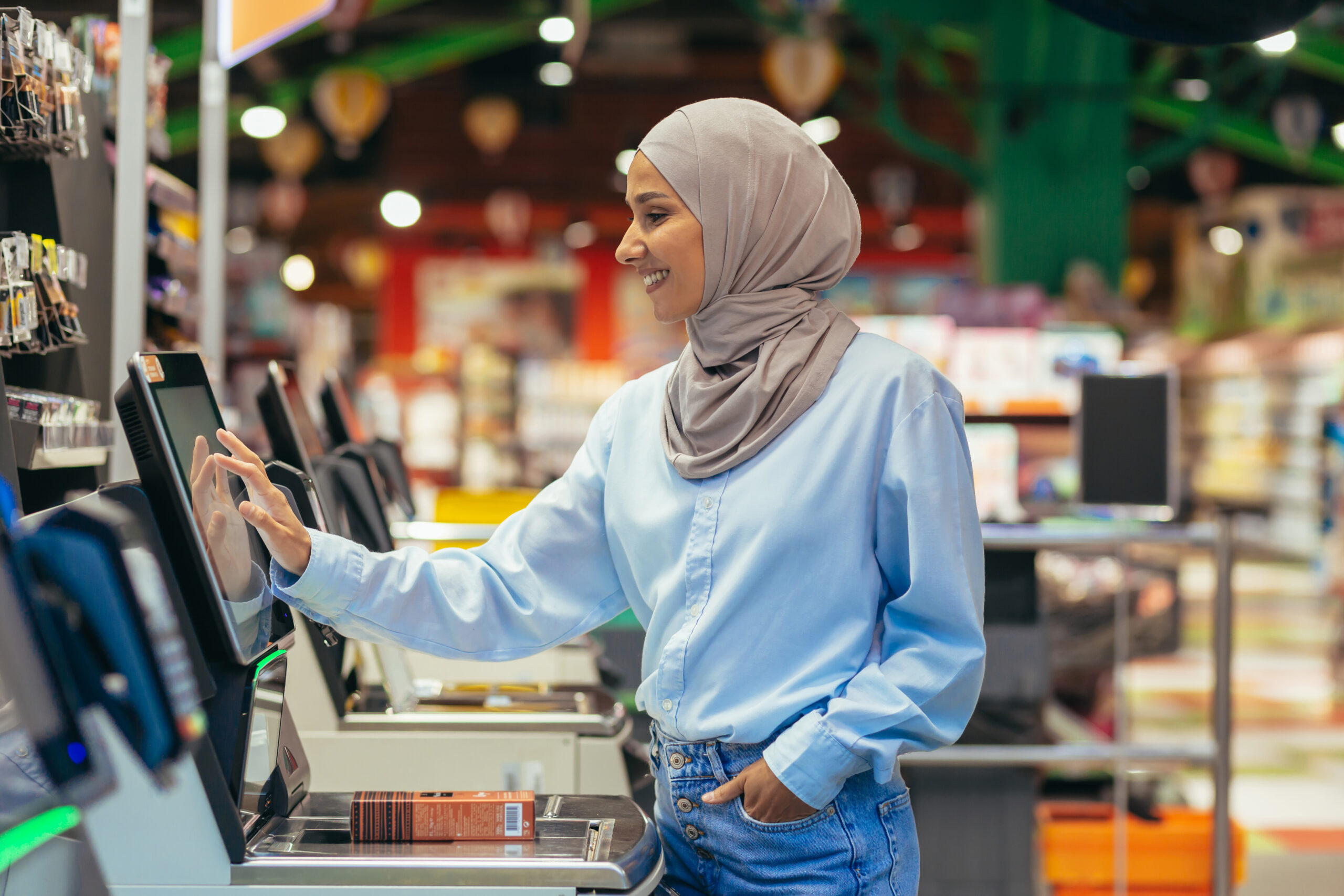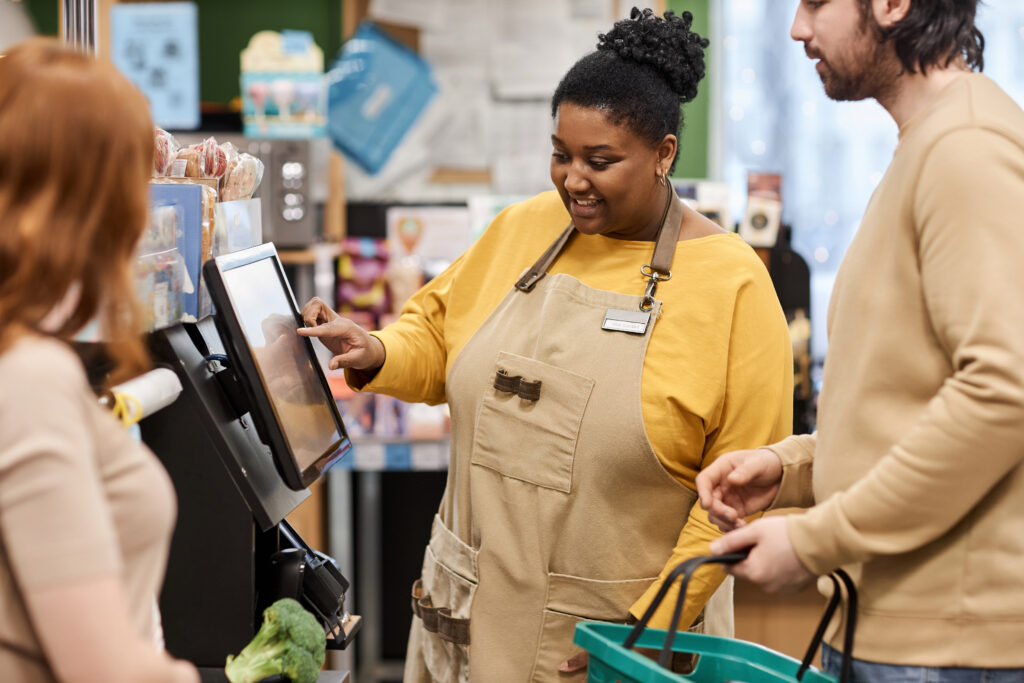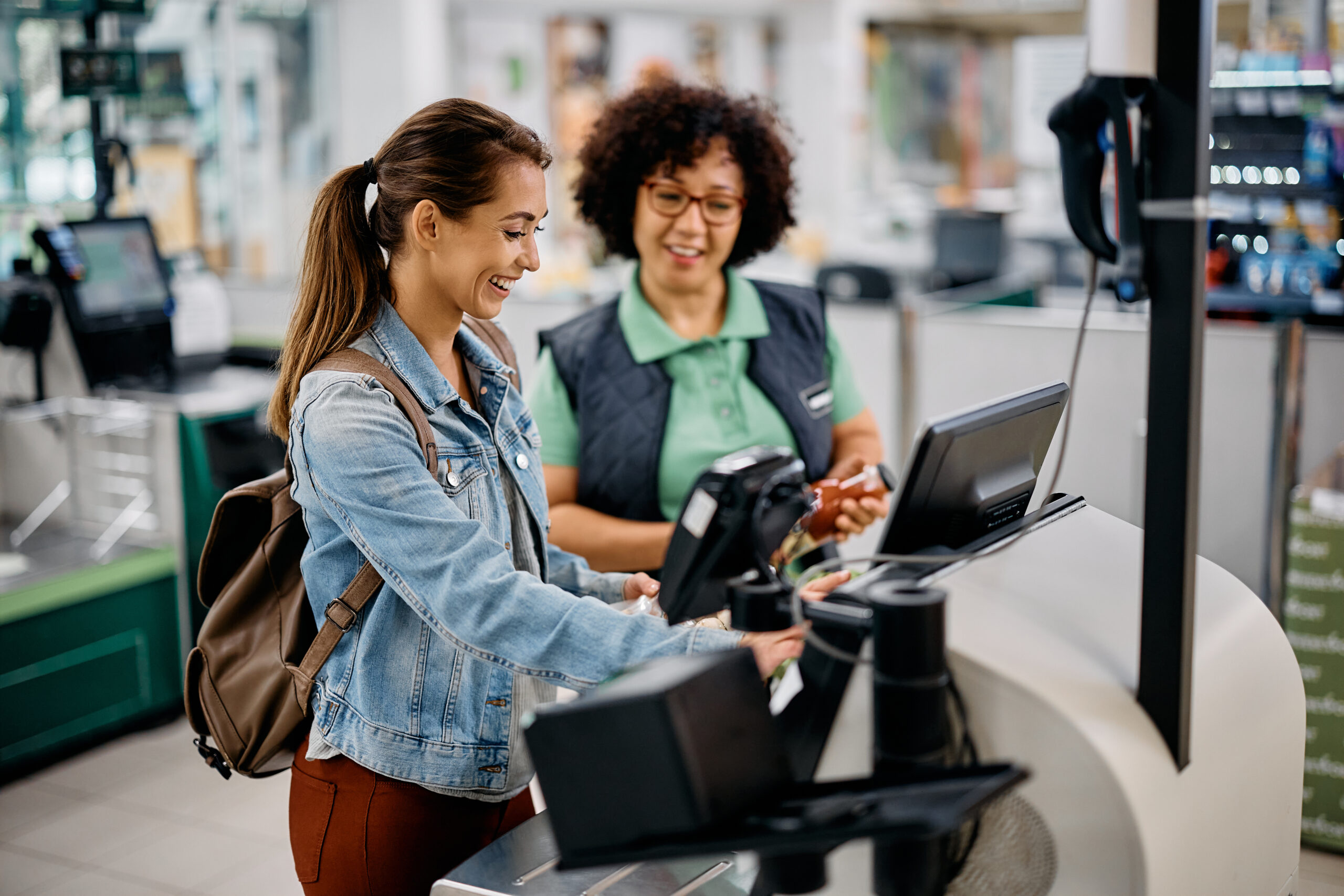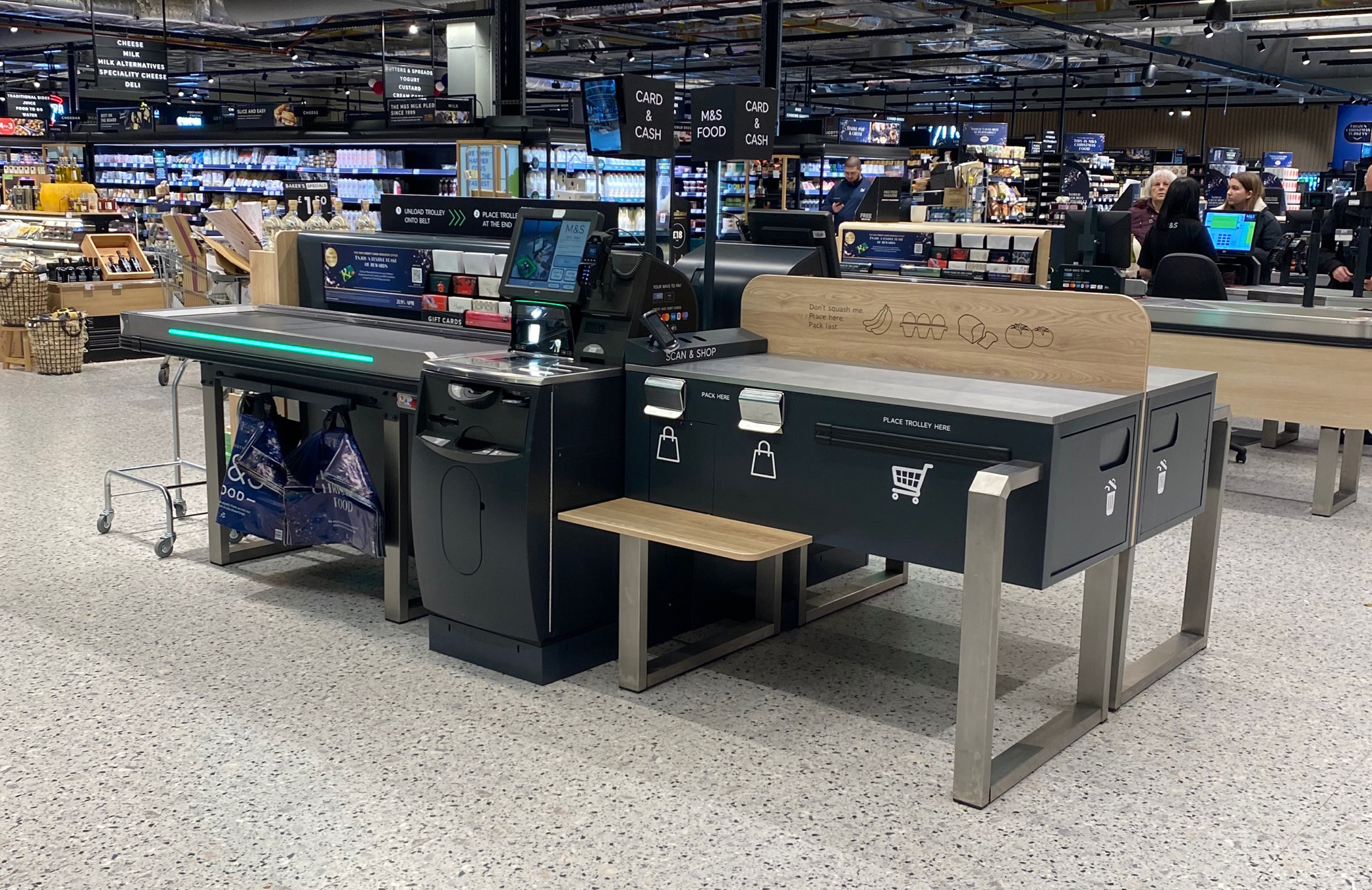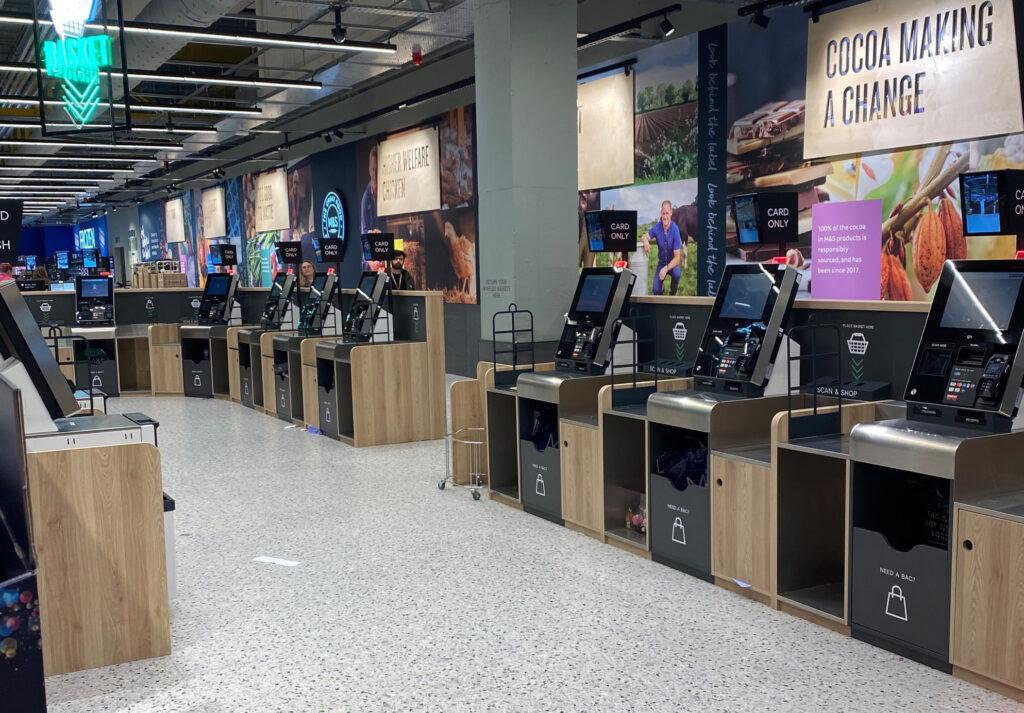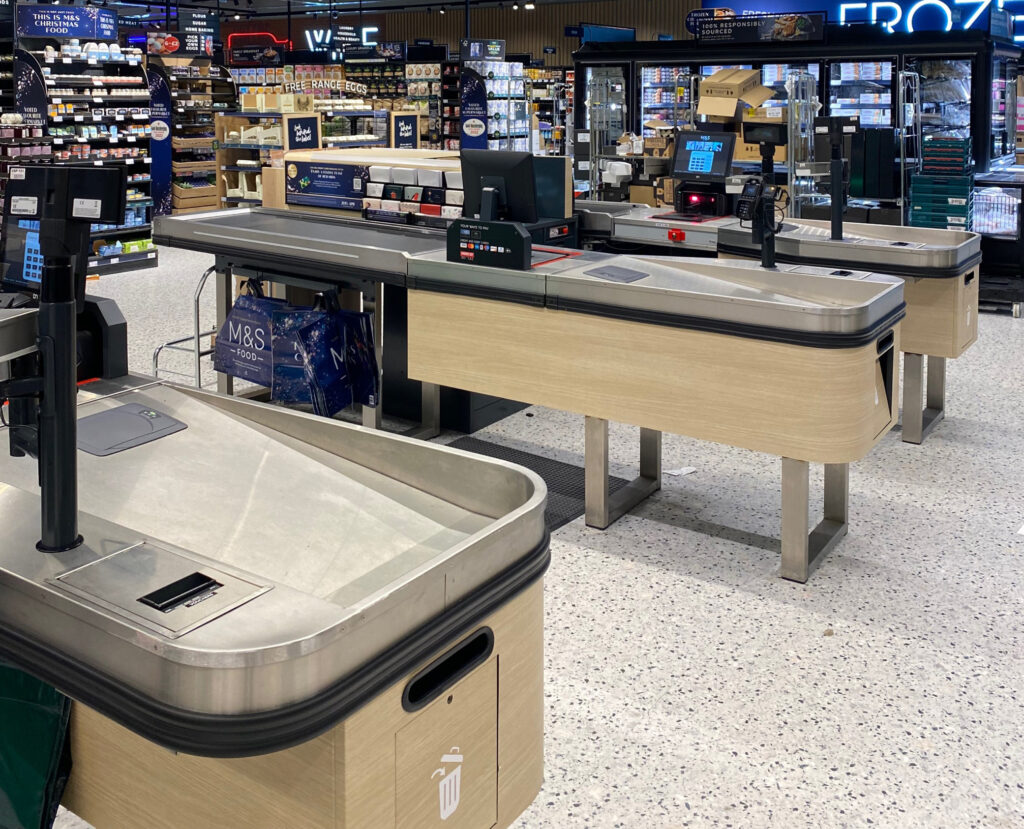POS (Point-of-Sale) replacement is a big investment that all retailers need to face every 10-15 years.
Alongside choosing and implementing the right technology, team members and customers using the system effectively and confidently will be the key to fully realising the benefits for the long term.
At CLX, our teams work on multiple POS replacement projects globally. We work with supermarkets, petrol stations, convenience stores, department stores and more. We have seen what works and what doesn’t.
If POS replacement is on your agenda, don’t lose valuable time doing trial and error with your people.
Here are six change management and training problems we have solved for retailers around the world.
Problem #1: Geographic Challenge
A POS replacement will likely touch your full fleet and depending on your footprint, this may take you to far and vast places.
As part of our blended training approach, CLX have delivered eLearning or digital learning as the hero of a POS training plan. It’s learning that can be accessed from anywhere – at home, in the office or geographically remote locations.
eLearning does not replace face-to-face but works well as a prerequisite to F2F learning. However, if distance means face-to-face training is not always possible for everyone, at minimum, all team members have access to learning that previews the new screens while building speed, confidence and competency.
Problem #2: Team Member Engagement / Change Fatigue
There is always a lot going on and to get cut through, our POS eLearning is a game, designed for screen familiarisation and fun.
Our game is against the clock with the different levels starting from easy (scan a few items and pay by card) to how to void to build very quickly, covering split payment to manual discounts to refunds to reprinting receipts to customer walk out and more.
Learners play while learning. They can access a leaderboard which encourages healthy competition and repeat practice.
As fun as the POS game is, it is not a lone wolf. The digital learning works as part of a blended learning approach, underpinned by a training needs analysis and change impact assessment.
It also needs to be supported by stakeholder engagement, and a communications and sponsorship plan to build excitement and drive interest.
Problem #3: Leadership Engagement
Our solution provides comprehensive data and reporting to leaders, not just a “Completed/Not Completed” status.
It can give leaders visibility of most improved, number of attempts, most difficult/easiest levels, and high performers.
Our leaderboard can be filtered globally, or more locally such as region or store. Everybody can play the POS game and leaders can be part of it too, they can set team challenges, celebrate momentum and award prizes.
At the other end, leaders can also identify those who may be struggling and offer additional, discreet and targeted support.
Problem #4: High Turnover / Future-Proof Solutions
Our digital learning is built to last. It can be used for induction and refresher training long after system go-live. This is especially relevant to high-turnover industries such as retail and hospitality.
We can also update the learning, scheduled to your system releases. This ensures the learning mirrors the most up-to-date system, process and policies in your stores. It’s something you can use until your next POS replacement (in another 10 years!)
Problem #5: Cost Effective Solutions
The combination of digital learning and face-to-face training (facilitated by CLX accredited trainers), is a cost-effective way to roll out training to enterprise-wide workforces.
Moreover, we can also offer cost effective ways to boost adoption such as post go-live coaching, support centre training/troubleshooting sessions, quick reference guides, upskilling, certification programs, and ongoing bite-size learning.
No need to engage additional providers. Our end-to-end change and training package is competitively priced, saving you time, money and worry. We are 100% accountable for embedding the change and protecting your benefits for the long term.
Problem #6: Proven Results
We have seen scan rate targets met after one week of go-live, and stretch targets met after four weeks. We have also seen no changes to customer satisfaction at cutover, and high levels of team member engagement in the lead up to go-live and beyond. We also offer certification programs and bite-size learnings to ensure the results stick, long after your system go-live.
Contact:
If POS replacement is on the roadmap, get in touch.
Sarah Campbell, Managing Director, Emerging Markets, Strategy and Partnerships –sarah@clxprofessionals.com
Lucille Wong, Global Change Manager – lucille@clxprofessionals.com





